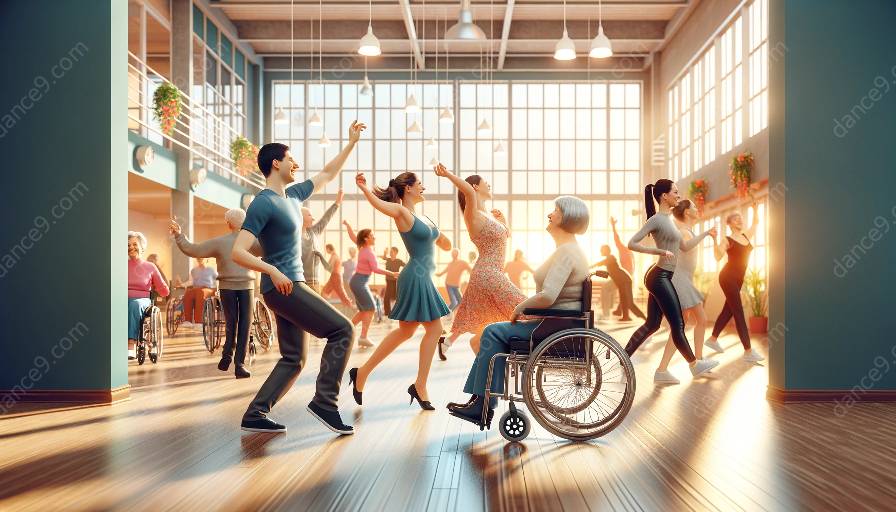As the aging population continues to grow, finding effective ways to enhance the well-being of elderly individuals becomes increasingly essential. One approach that has gained significant attention is the incorporation of dance into wellness programs for the elderly. Not only does dance provide physical benefits, but it also offers numerous psychological advantages that can greatly improve the overall quality of life for this population.
Psychological Benefits of Dance for the Elderly
Dance has been shown to have a profound impact on the psychological well-being of elderly individuals. Some of the key psychological benefits include:
- Enhanced Mood: Engaging in dance activities can stimulate the release of endorphins, which are known to elevate mood and reduce feelings of depression and anxiety. This can significantly enhance the emotional well-being of elderly participants.
- Improved Cognitive Function: The mental stimulation involved in learning and practicing dance routines can help maintain or improve cognitive abilities in elderly individuals. This can lead to better memory, attention, and overall cognitive function.
- Social Engagement: Dance provides a valuable opportunity for social interaction, which is particularly important for combating feelings of loneliness and isolation in elderly populations. It fosters a sense of community and belonging, ultimately contributing to improved mental health.
- Stress Reduction: Dancing can serve as a stress-reliever for elderly individuals, offering a positive outlet for managing the challenges and pressures associated with aging. It provides a form of self-expression and creativity that can alleviate stress and promote relaxation.
Integration of Dance into Elderly Wellness Programs
Integrating dance into wellness programs for the elderly requires thoughtful planning and consideration of their unique needs and capabilities. Some effective strategies include:
- Adapted Dance Programs: Tailoring dance activities to accommodate the physical abilities and limitations of elderly participants is essential. This may involve selecting dance styles and movements that are suitable and safe for their age group.
- Qualified Instructors: Engaging instructors with expertise in dance for specific populations, including the elderly, is crucial. These instructors should have a deep understanding of the physical and psychological aspects of aging and be able to create a supportive and inclusive environment for participants.
- Embracing Variety: Offering a diverse range of dance styles and activities can cater to varying interests and preferences among elderly individuals. From ballroom dancing to line dancing, providing options can enhance engagement and enjoyment.
- Linking with Community Resources: Collaboration with local dance organizations, community centers, and senior living facilities can further enrich the dance experiences of elderly individuals. This can create opportunities for performances, workshops, and social events that extend the benefits of dance beyond the wellness program.
The Intersection of Dance for Specific Populations and Education
When considering the integration of dance into wellness programs for the elderly, it is important to recognize the intersection of dance for specific populations and dance education and training. Education and training play a pivotal role in ensuring that dance programs for the elderly are developed and delivered effectively.
By understanding the unique needs and psychological benefits associated with dance for elderly populations, educators and trainers can tailor their approaches to promote holistic well-being. This involves incorporating evidence-based practices, staying informed about the latest research in geriatric psychology, and fostering a supportive and empathetic environment for elderly participants.
Ultimately, the integration of dance into wellness programs for the elderly requires collaboration between dance professionals, healthcare providers, and community organizations. By recognizing and harnessing the psychological benefits of dance, especially for specific populations such as the elderly, it is possible to create meaningful and enriching experiences that contribute to the overall well-being of this demographic.















